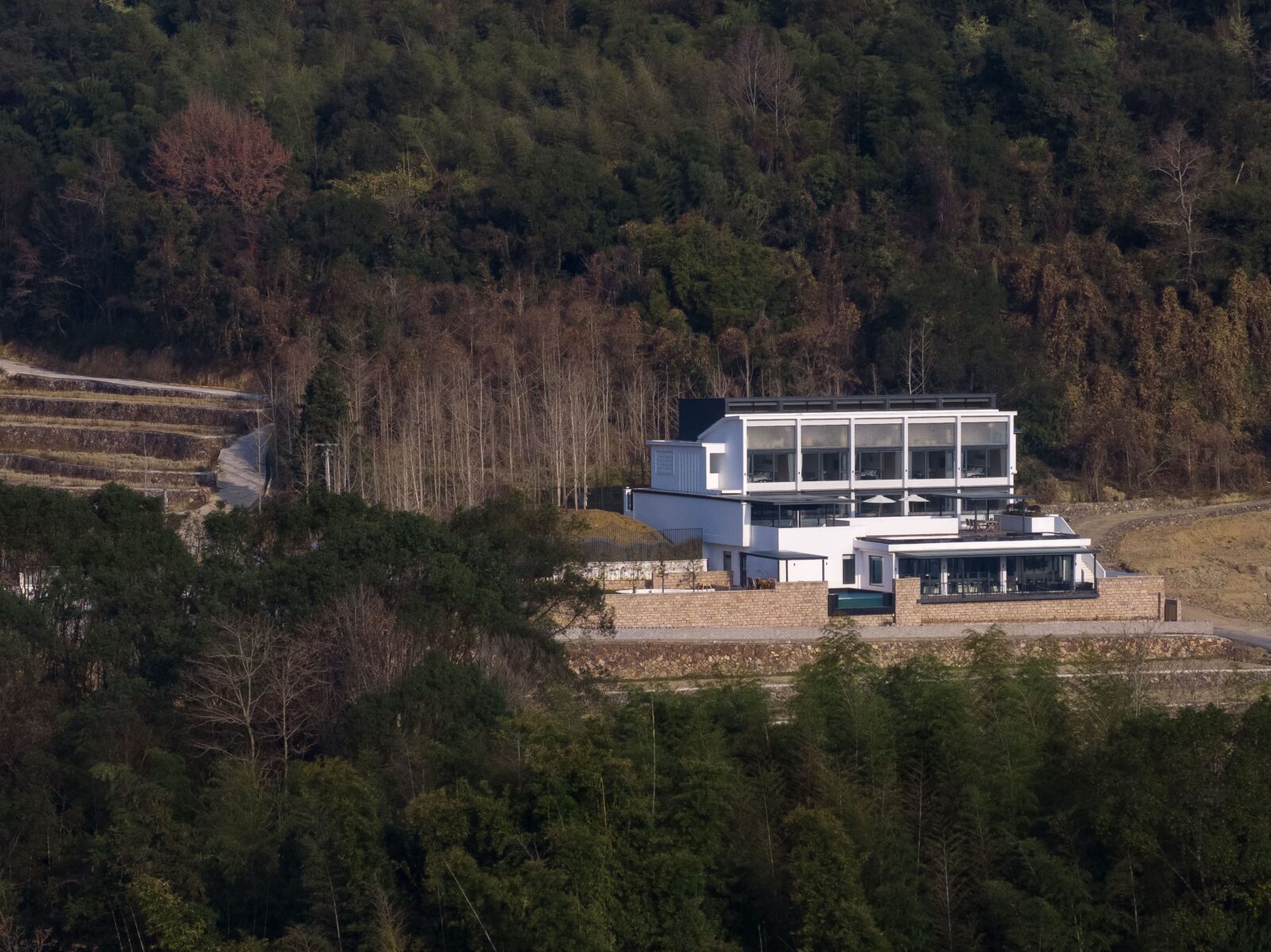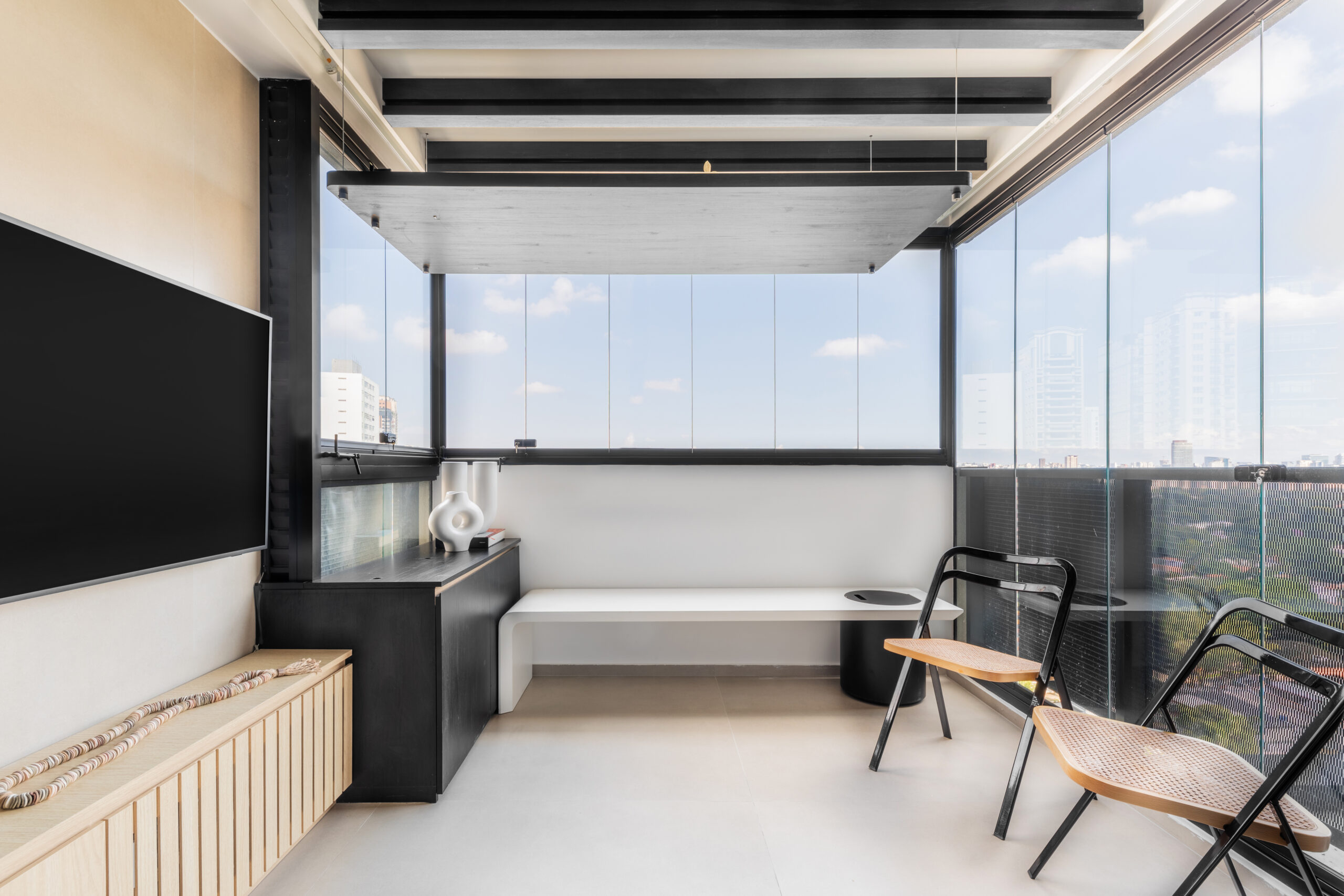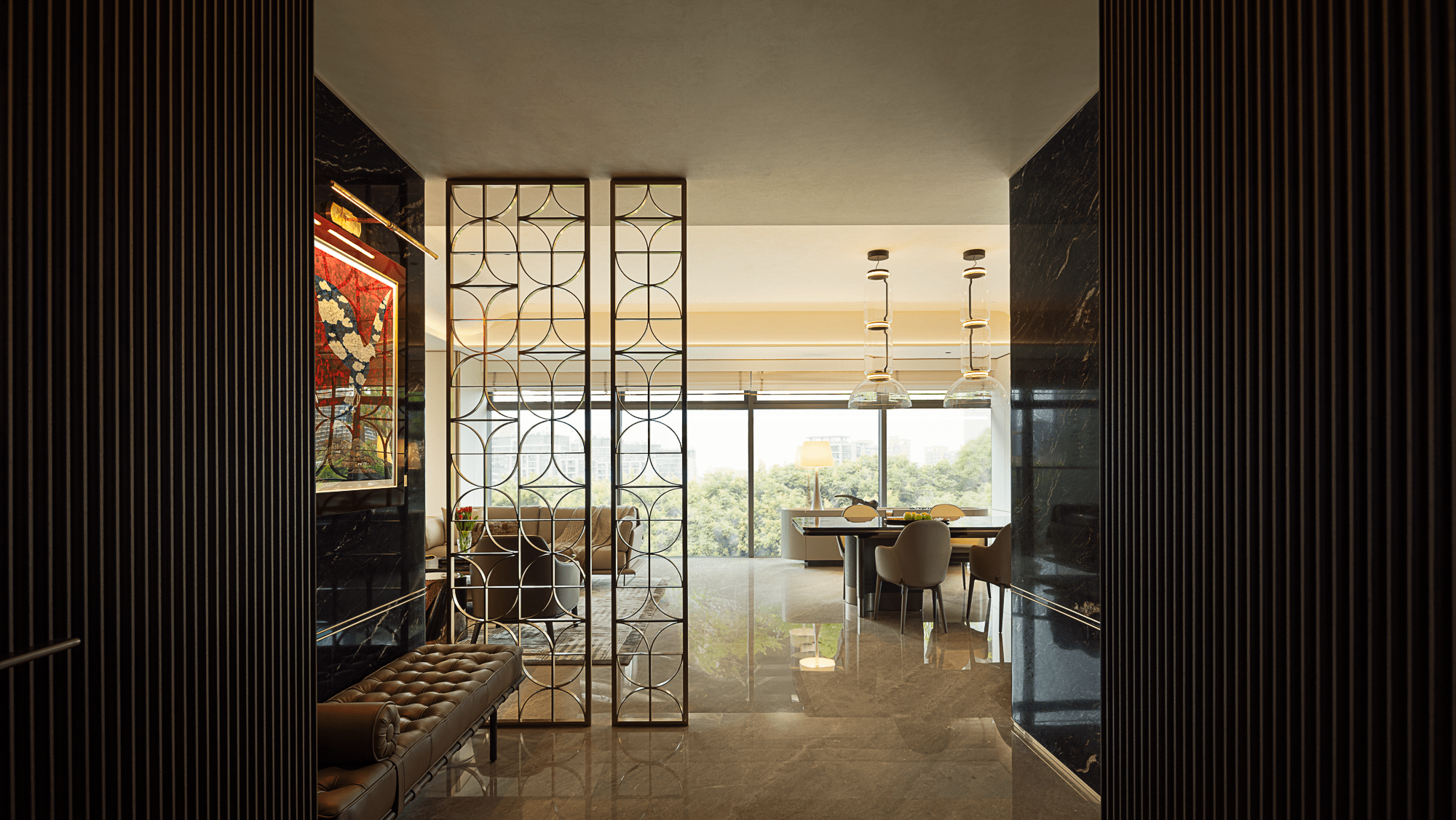- Home
- Articles
- Architectural Portfolio
- Architectral Presentation
- Inspirational Stories
- Architecture News
- Visualization
- BIM Industry
- Facade Design
- Parametric Design
- Career
- Landscape Architecture
- Construction
- Artificial Intelligence
- Sketching
- Design Softwares
- Diagrams
- Writing
- Architectural Tips
- Sustainability
- Courses
- Concept
- Technology
- History & Heritage
- Future of Architecture
- Guides & How-To
- Art & Culture
- Projects
- Interior Design
- Competitions
- Jobs
- Store
- Tools
- More
- Home
- Articles
- Architectural Portfolio
- Architectral Presentation
- Inspirational Stories
- Architecture News
- Visualization
- BIM Industry
- Facade Design
- Parametric Design
- Career
- Landscape Architecture
- Construction
- Artificial Intelligence
- Sketching
- Design Softwares
- Diagrams
- Writing
- Architectural Tips
- Sustainability
- Courses
- Concept
- Technology
- History & Heritage
- Future of Architecture
- Guides & How-To
- Art & Culture
- Projects
- Interior Design
- Competitions
- Jobs
- Store
- Tools
- More

A civil court of law that handles various civil cases. Court complexes are intrinsically seen as highly public buildings. Court complexes are the theatre for the ‘act of justice’ as its centre stage. It serves its function as protector as well as educator of society
The Civil Court District Court is judged by District and Sessions Judge. This is the principal court of original civil jurisdiction besides the High Court of the State and which derives its jurisdiction in civil matters primarily from the code of civil procedure. The district court is also a court of sessions when it exercises its jurisdiction on criminal matters under the Code of Criminal procedure. The increase in population and No. of cases has necessitated the provision of a new civil court.

Table of Contents
ToggleACADEMIC BRIEF
The semester brief is to design a city civil court meets the need of the citizen, keeping in mind the safety and security of judge and advocate
DESIGN PROGRAM
Court complex of 20 court halls, the existing buildings in the proposed site are assumed to be demolished. Vegetation has to be retained.
SCOPE
Creating private and semi-private spaces, Recreational areas for the public. Incorporating a barrier environment, civil court is a restrained public building within the historic heritage fabric.

SITE AND DESIGN
The site is located in old city, Hyderabad near to the bank of Musi River where the site is surrounded by the historic buildings of Islamic, indo saracenic architecture within 1km radius. The architecture idea is to design the court rooms around the courtyard with existing vegetation using the planning principles of indo Islamic architecture, such as symmetry, point of vision, courtyards, historically courtyards, and gardens have always been part of all cultures and religions. Plan form and brick jali on the facade enables the building to blend with its immediate surroundings.

Tree in the middle of the courtyard symbolizes justice is planted in the soil, with a Indian flag. Courtyard creates a calm, soothing atmosphere to counteract the tension that often exists in such places, and acts as an efficient space for comfortable interactions with lawyers.
For participants in court proceedings, the availability of natural light and interior courtyard views in the courtroom waiting areas provide some stress relief.
The repetition of jali walls on the facade evokes an image of secured circulation to the judge corridor which occupies the perimeter of the façade.
illustrarch is your daily dose of architecture. Leading community designed for all lovers of illustration and #drawing.
Submit your architectural projects
Follow these steps for submission your project. Submission FormLatest Posts
An Experimental Renewal of Mountain Architecture: Valley Homestay in Linggen Village
In Zhejiang’s Linggen Village, a forgotten mountain building has been reimagined into...
James Baldwin Media Library and Refugee House by associer
In Paris’s 19th arrondissement, Atelier Associer has reimagined a 1970s secondary school...
43m² Apartment Innovates by Dividing Spaces Without Losing a Sense of Openness
Located in Pinheiros (São Paulo), the project by Zalc Arquitetura relies on...
IMPERIAL HERITAGE in Hangzhou by GFD Studio
Inspired by the harmony between nature and humanity, this Hangzhou residence redefines...
















Leave a comment